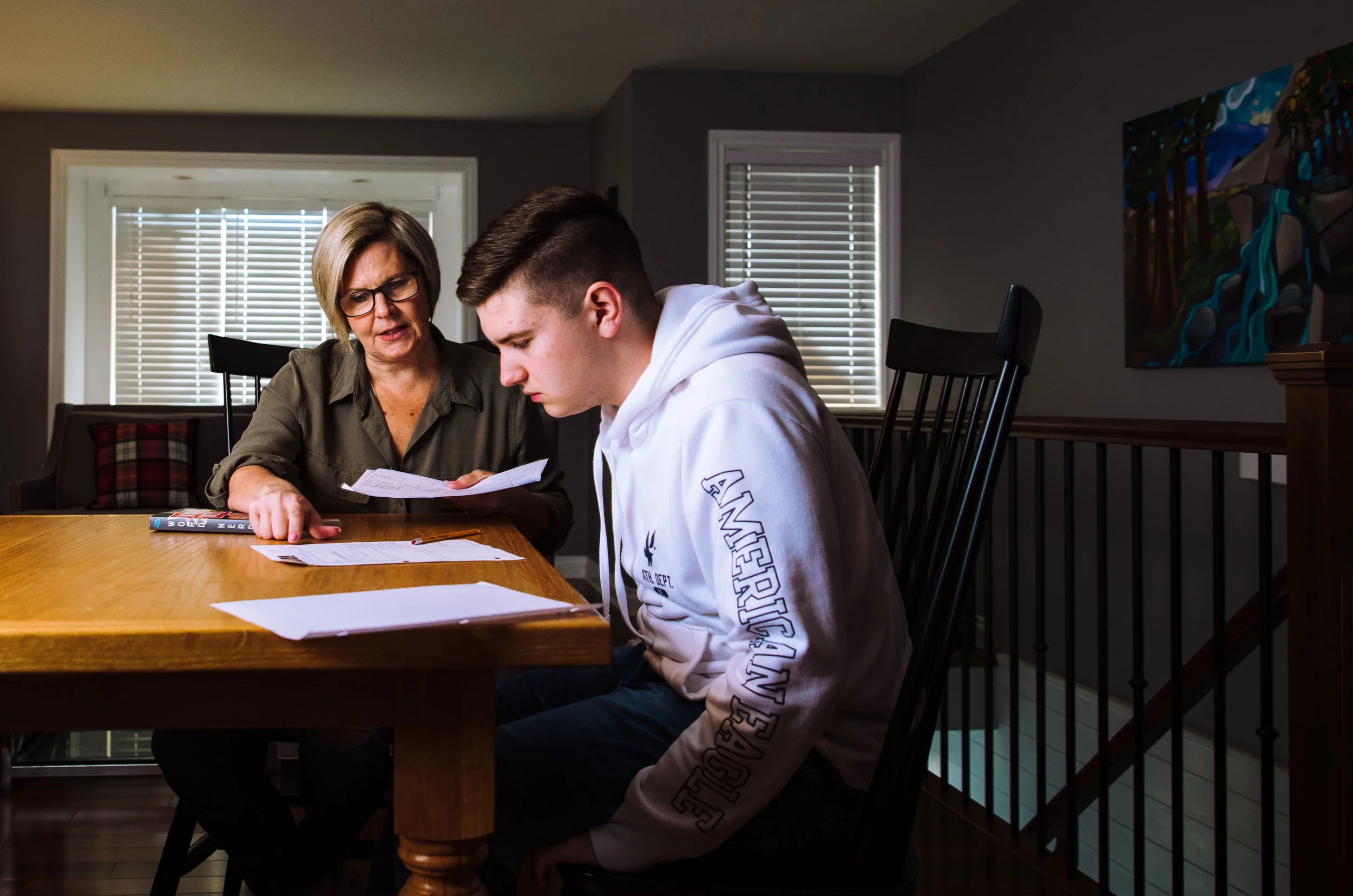 Sometime in the early 1980s, a 24-year-old woman called “Eve” held hands with a man. In response, her mother demanded Eve be sterilized. Why? Because Eve had a developmental disability.
Sometime in the early 1980s, a 24-year-old woman called “Eve” held hands with a man. In response, her mother demanded Eve be sterilized. Why? Because Eve had a developmental disability.
Barb Goode and other self-advocates engaged lawyers in 1986 and took the case to the Supreme Court of Canada. The advocates said that Eve’s human rights were violated and that nobody should be sterilized without their consent. They won the case, which came to be known as the Eve Decision, setting an important legal precedent for reproductive rights.
“I don’t think [Eve] realizes how famous she was,” recalled Barb, who also has a developmental disability.
Unfortunately, sterilizing people with intellectual and developmental disabilities without their consent has not been uncommon in Canada, something Barb knows a thing or two about. Her fiance was sterilized against his will by an institution, a chilling reminder that although institutions have been closed, the scars of abuses, both physical and otherwise, remain. For Barb, we must remember the painful legacy of institutions to understand better how people’s rights are still violated today.
October is Community Inclusion Month, where we celebrate the inclusion and diversity of people with intellectual disabilities. Barb has been a critical figure in the struggle for inclusion since the early 70s when she started organizing with a group now known as BC People First. She talks about her childhood experience in segregated schools where she had to play in a tiny playground, separate from the “typical” students at her elementary school. “I was never in a class not for people with disabilities in elementary or high school,” she recalls.
Advocating for the rights of people with disabilities has been a long and fulfilling road for Barb, and it’s not over. Although there are now laws to prevent sterilization without your input, we still have many things to work on. One thing that stuck out to Barb was how, even now, people talk about her like she’s not there or exclude her from conversations.
“It happens all the time, and I hate it! Where I am living right now, I would be talking to someone, and then another person would come over, and they would talk and leave me out like I don’t exist. When I say something, they shrug it off and keep walking.”
A community of disability advocates is a powerful tool for creating more inclusion and acceptance. It is an important place to start. Eve’s name was changed to protect her identity through this experience. Barb’s decision to advocate for the rights and those of all Canadians with disabilities has helped create a brighter future. Barb stresses that organizations that support people with disabilities should always include people with lived experience in their decisions. She says, “We’re the experts and know what we want for our lives.”
Written by Katie Miller and edited by Galen Exo
Do you enjoy real-life stories about inclusion? This article was featured in the latest edition of our monthly newsletter, Inclusion in Action. Subscribe today to receive regular updates with stories like this.


